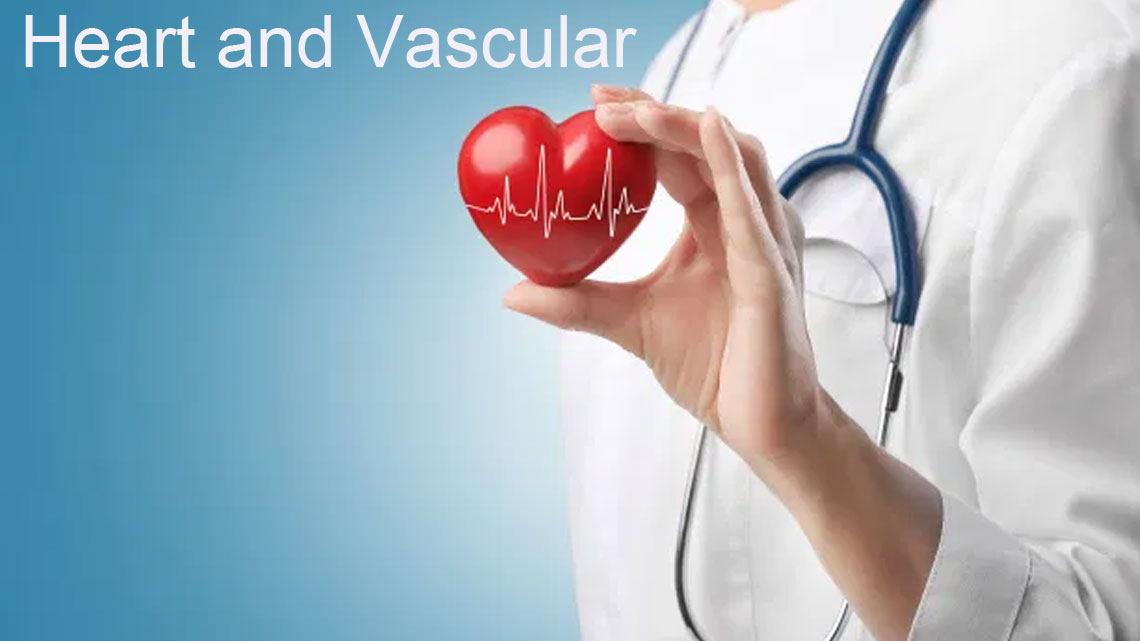What is mental health? Mental health refers to cognitive, behavioral, and emotional well-being. It is all about
how people think, feel, and behave. People sometimes use the term “mental health” to mean the absence of a mental disorder.
- Definition
- Risk factors
- Common disorders
- Early signs
- Treatment
Mental health can affect daily living, relationships, and physical health.
However, this link also works in the other direction. Factors in people’s lives, interpersonal connections, and physical factors can all contribute to mental health disruptions.
Looking after mental health can preserve a person’s ability to enjoy life. Doing this involves reaching a balance between life activities, responsibilities, and efforts to achieve psychological resilience.
Conditions such as stress, depression, and anxiety can all affect mental health and disrupt a person’s routine.
Although the term mental health is in common use, many conditions that doctors recognize as psychological disorders have physical roots.
In this article, we explain what people mean by mental health and mental illness. We also describe the most common types of mental disorders, including their early signs and how to treat them.
What is mental health?
Share on PinterestMental health disorders are one of the leading causes of disability in the U.S.
According to the World Health Organization (WHO):
“Mental health is a state of well-being in which an individual realizes his or her own abilities, can cope with the normal stresses of life, can work productively, and is able to make a contribution to his or her community.”
The WHO stress that mental health is “more than just the absence of mental disorders or disabilities.” Peak mental health is about not only avoiding active conditions but also looking after ongoing wellness and happiness.
They also emphasize that preserving and restoring mental health is crucial on an individual basis, as well as throughout different communities and societies the world over.
In the United States, the National Alliance on Mental Illness estimate that almost 1 in 5 adults experience mental health problems each year.
In 2017, an estimated 11.2 million adults in the U.S., or about 4.5% of adults, had a severe psychological condition, according to the National Institute of Mental Health (NIMH).
Risk factors for mental health conditions
Everyone has some risk of developing a mental health disorder, no matter their age, sex, income, or ethnicity.
In the U.S. and much of the developed world, mental disorders are one of the leading causes of disability.
Social and financial circumstances, biological factors, and lifestyle choices can all shape a person’s mental health.
A large proportion of people with a mental health disorder have more than one condition at a time.
It is important to note that good mental health depends on a delicate balance of factors and that several elements of life and the world at large can work together to contribute to disorders.
The following factors may contribute to mental health disruptions.
Continuous social and economic pressure
Having limited financial means or belonging to a marginalized or persecuted ethnic group can increase the risk of mental health disorders.
A 2015 study of 903 families in Iran identified several socioeconomic causes of mental health conditions, including poverty and living on the outskirts of a large city.
The researchers also explained the difference in the availability and quality of mental health treatment for certain groups in terms of modifiable factors, which can change over time, and nonmodifiable factors, which are permanent.
Modifiable factors for mental health disorders include:
- socioeconomic conditions, such whether work is available in the local area
- occupation
- a person’s level of social involvement
- education
- housing quality
Nonmodifiable factors include:
- gender
- age
- ethnicity
The study lists gender as both a modifiable and nonmodifiable factor. The researchers found that being female increased the risk of low mental health status by 3.96 times.
People with a “weak economic status” also scored highest for mental health conditions in this study.
Biological factors
The NIMH suggest that genetic family history can increase the likelihood of mental health conditions, as certain genes and gene variants put a person at higher risk.
However, many other factors contribute to the development of these disorders.
Having a gene with links to a mental health disorder, such as depression or schizophrenia, does not guarantee that a condition will develop. Likewise, people without related genes or a family history of mental illness can still have mental health issues.
Mental health conditions such as stress, depression, and anxiety may develop due to underlying, life-changing physical health problems, such as cancer, diabetes, and chronic pain.
Try a top-rated app for meditation and sleep
Experience 100+ guided meditations with Calm’s award-winning meditation app. Designed for all experience levels, and available when you need it most in your day. Start your free trial today.
Common mental health disorders
The most common types of mental illness are as follows:
- anxiety disorders
- mood disorders
- schizophrenia disorders
Anxiety disorders
According to the Anxiety and Depression Association of America, anxiety disorders are the most common type of mental illness.
People with these conditions have severe fear or anxiety, which relates to certain objects or situations. Most people with an anxiety disorder will try to avoid exposure to whatever triggers their anxiety.
Examples of anxiety disorders include:
Generalized anxiety disorder (GAD)
The American Psychiatric Association define GAD as disproportionate worry that disrupts everyday living.
People might also experience physical symptoms, including
- restlessness
- fatigue
- tense muscles
- interrupted sleep
A bout of anxiety symptoms does not necessarily need a specific trigger in people with GAD.
They may experience excessive anxiety on encountering everyday situations that do not present a direct danger, such as chores or keeping appointments. A person with GAD may sometimes feel anxiety with no trigger at all.
Find out more about GAD here.
Panic disorders
People with a panic disorder experience regular panic attacks, which involve sudden, overwhelming terror or a sense of imminent disaster and death.
Read more about panic attacks here.
Phobias
There are different types of phobia:
- Simple phobias: These might involve a disproportionate fear of specific objects, scenarios, or animals. A fear of spiders is a common example. Learn more about simple phobias here.
- Social phobia: Sometimes known as social anxiety, this is a fear of being subject to the judgment of others. People with social phobia often restrict their exposure to social environments. Find out more here.
- Agoraphobia: This term refers to a fear of situations in which getting away may be difficult, such as being in an elevator or moving train. Many people misunderstand this phobia as a fear of being outside. Read all about agoraphobia here.
Phobias are deeply personal, and doctors do not know every type. There could be thousands of phobias, and what might seem unusual to one person may be a severe problem that dominates daily life for another.
Obsessive-compulsive disorder (OCD)
People with OCD have obsessions and compulsions. In other words, they experience constant, stressful thoughts and a powerful urge to perform repetitive acts, such as hand washing.
Find out more about OCD here.
Post-traumatic stress disorder (PTSD)
PTSD can occur after a person experiences or witnesses a deeply stressful or traumatic event.
During this type of event, the person thinks that their life or other people’s lives are in danger. They may feel afraid or that they have no control over what is happening.
These sensations of trauma and fear may then contribute to PTSD.
Discover how to recognize and treat PTSD.
Mood disorders
People may also refer to mood disorders as affective disorders or depressive disorders.
People with these conditions have significant changes in mood, generally involving either mania, which is a period of high energy and elation, or depression. Examples of mood disorders include:
- Major depression: An individual with major depression experiences a constant low mood and loses interest in activities and events that they previously enjoyed. They can feel prolonged periods of sadness or extreme sadness.
- Bipolar disorder: A person with bipolar disorder experiences unusual changes in their mood, energy levels, levels of activity, and ability to continue with daily life. Periods of high mood are known as manic phases, while depressive phases bring on low mood. Read more about the different types of bipolar here.
- Seasonal affective disorder (SAD): Reduced daylight triggers during the fall, winter, and early spring months trigger this type of major depression. It is most common in countries far from the equator. Learn more about SAD here.
Schizophrenia disorders
Mental health authorities are still trying to determine whether schizophrenia is a single disorder or a group of related illnesses. It is a highly complex condition.
Signs of schizophrenia typically develop between the ages of 16 and 30 years, according to the NIMH. The individual will have thoughts that appear fragmented, and they may also find it hard to process information.
Schizophrenia has negative and positive symptoms. Positive symptoms include delusions, thought disorders, and hallucinations. Negative symptoms include withdrawal, lack of motivation, and a flat or inappropriate mood.
Learn more about schizophrenia here.
Top of Form
Stay in the know. Get our free daily newsletter
Expect in-depth, science-backed toplines of our best stories every day. Tap in and keep your curiosity satisfied.
Bottom of Form
Early signs
There is no physical test or scan that reliably indicates whether a person has developed a mental illness. However, people should look out for the following as possible signs of a mental health disorder:
- withdrawing from friends, family, and colleagues
- avoiding activities that they would normally enjoy
- sleeping too much or too little
- eating too much or too little
- feeling hopeless
- having consistently low energy
- using mood-altering substances, including alcohol and nicotine, more frequently
- displaying negative emotions
- being confused
- being unable to complete daily tasks, such as getting to work or cooking a meal
- having persistent thoughts or memories that reappear regularly
- thinking of causing physical harm to themselves or others
- hearing voices
- experiencing delusions
Treatment
There are various methods for managing mental health problems. Treatment is highly individual, and what works for one person may not work for another.
Some strategies or treatments are more successful in combination with others. A person living with a chronic mental disorder may choose different options at various stages in their life.
The individual needs to work closely with a doctor who can help them identify their needs and provide them with suitable treatment.
Treatments can include:
Psychotherapy, or talking therapies
This type of treatment takes a psychological approach to treating mental illness. Cognitive behavioral therapy, exposure therapy, and dialectical behavior therapy are examples.
Psychiatrists, psychologists, psychotherapists, and some primary care physicians carry out this type of treatment.
It can help people understand the root of their mental illness and start to work on more healthful thought patterns that support everyday living and reduce the risk of isolation and self-harm.
Read more about psychotherapy here.
Medication
Some people take prescribed medications, such as antidepressants, antipsychotics, and anxiolytic drugs.
Although these cannot cure mental disorders, some medications can improve symptoms and help a person resume social interaction and a normal routine while they work on their mental health.
Some of these medications work by boosting the body’s absorption of feel-good chemicals, such as serotonin, from the brain. Other drugs either boost the overall levels of these chemicals or prevent their degradation or destruction.
Find out more about antidepressant medications here.
Self-help
A person coping with mental health difficulties will usually need to make changes to their lifestyle to facilitate wellness.
Such changes might include reducing alcohol intake, sleeping more, and eating a balanced, nutritious diet. People may need to take time away from work or resolve issues with personal relationships that may be causing damage to their mental health.
People with conditions such as an anxiety or depressive disorder may benefit from relaxation techniques, which include deep breathing, meditation, and mindfulness.
Having a support network, whether via self-help groups or close friends and family, can also be essential to recovery from mental illness.
Suicide prevention
If you know someone at immediate risk of self-harm, suicide, or hurting another person:
- Ask the tough question: “Are you considering suicide?”
- Listen to the person without judgment.
- Call 911 or the local emergency number, or text TALK to 741741 to communicate with a trained crisis counselor.
- Stay with the person until professional help arrives.
- Try to remove any weapons, medications, or other potentially harmful objects.
If you or someone you know is having thoughts of suicide, a prevention hotline can help. The National Suicide Prevention Lifeline is available 24 hours per day at 800-273-8255. During a crisis, people who are hard of hearing can call 800-799-4889.
Traditional therapy – done online
Find a therapist from BetterHelp’s network of therapists for your everyday therapy needs. Take a quiz, get matched, and start getting support via phone or video sessions. Plans start at $60 per week + an additional 10% off.
































